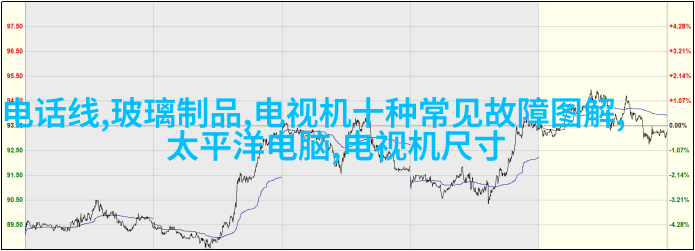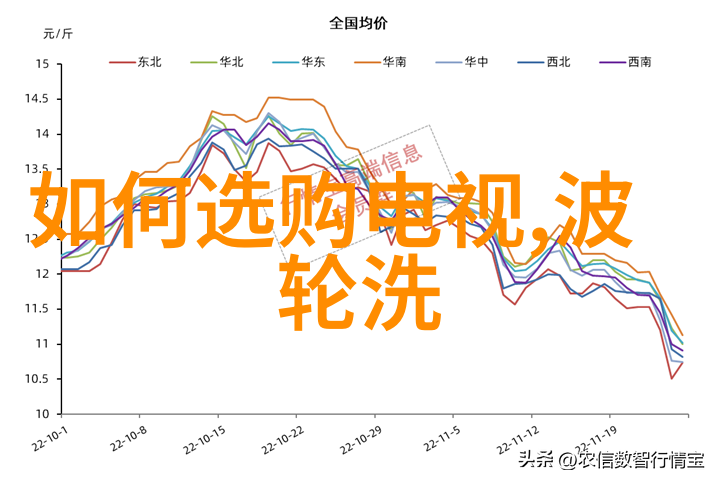
三相异步电动机型号大全的开发流程简直是开启电机控制新篇章的无形翅膀
导语:选择合适的控制算法对于电机的高效运行至关重要。例如,对于直流电机,PID控制算法就能满足基本需求;而对于交流异步电动机,则需要更为复杂的空间矢量脉宽调制(SVPWM)算法来实现精确的矢量控制。

以下是一份详尽的电机控制方案开发流程:
一、需求分析

确定电机类型

根据应用场景和性能要求,选择合适的直流或交流异步、同步或步进等类型。
应用场景需求

了解使用环境,如工业自动化设备、家用电器还是新能源汽车等。
性能要求

定义转速范围、高低扭矩目标以及效率指标。
二、硬件设计
功率电子元件选型与拓扑结构设计
根据功率需求选择合适的MOSFET或IGBT,并考虑拓扑结构以保证可靠性和效率。
驱动逻辑设计与驱动器选型
开发驱动逻辑以确保快速可靠地打开关闭功率电子元件。
传感器选型与信号处理系统设计
选择合适传感器并设计信号处理系统,以准确捕捉必要数据。
三、软件开发与编码优化:
初始化程序编写及系统参数配置
初始化微处理器模块,配置时钟频率、中断优先级等关键参数。
控制策略实现与参数调整:
采用PID控制对直流电机进行速度控制;
对交流异步电动机采用SVPWM进行矢量控制;
调整各项参数以达到最佳效果,如PID中积分时间常数K_i和微分时间常数K_d调整等。
数据采集及滤波处理技术应用:
采集来自传感器的数据并通过数字滤波减少噪声干扰影响;
4 电力输出信号生成:
利用PWM技术产生所需输出信号,以此来调节转速或者扭矩;
四、测试验证与优化过程
1.Hardware Testing & Validation:
a) Static testing for short circuit or open circuit detection.
b) Dynamic testing using oscilloscopes, waveform analyzers, and other test equipment to validate the operation of power electronics and sensors.
2.Software Testing & Verification:
a) Unit testing to ensure individual functional modules operate correctly.
b) Integration testing to verify overall system performance, including speed control precision and torque responsiveness.
3.Optimization:
a) Refine hardware designs if necessary; replace components with better thermal management or improved performance characteristics.
b) Adjust software algorithms or parameters as needed to achieve optimal results.
五、文档编写与知识共享
a). Hardware Design Documentation: Describe the design principles of each component in detail, listing all used electronic parts along with their specifications and features.
b). Software Design Documentation: Outline the software architecture, explaining each module's function and relationship; provide detailed explanations of control algorithms and parameter selection criteria.
c). Test Reports: Record test processes and outcomes, including data on key performance indicators (e.g., response time); analyze issues encountered during tests alongside solutions implemented.
The development process for an electric motor control scheme is not only about choosing appropriate algorithms but also involves meticulous planning from requirements analysis through hardware design, software implementation optimization validation documentation compilation – it requires patience persistence creativity problem-solving skills teamwork collaboration efficiency innovation thoroughness accuracy reliability robustness scalability maintainability flexibility adaptability resilience security safety environmental sustainability compatibility cost-effectiveness user-friendliness aesthetics ergonomics accessibility customization personalization integration standardization interoperability modularity extensibility reusability modifiable portability convenience practicality effectiveness feasibility functionality intuitiveness comprehensiveness coherence consistency usability learnability readability maintainable supportable upgradability downgradabil



